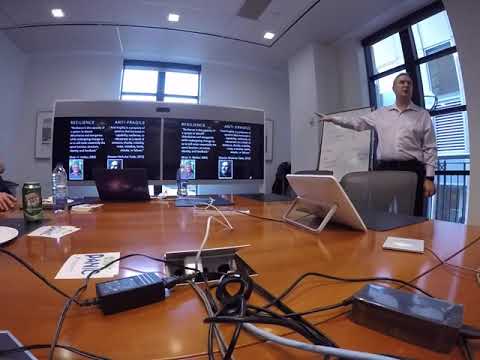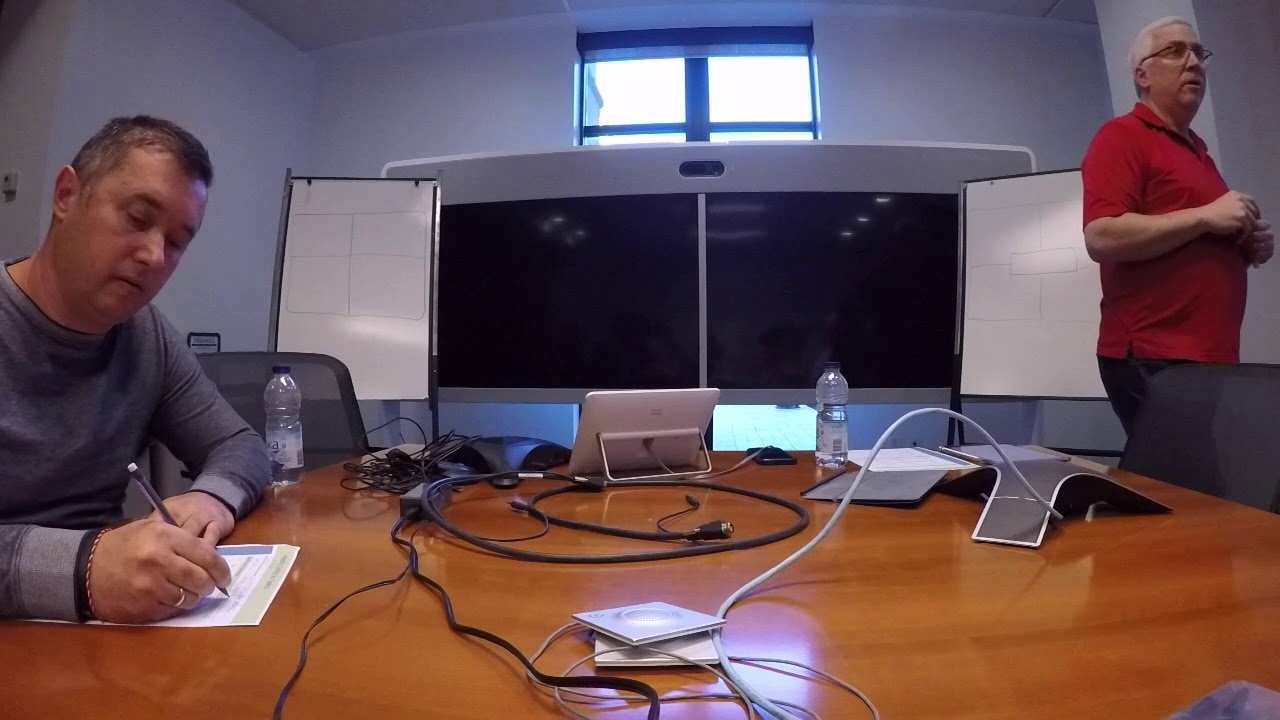
[arve url=”https://www.youtube.com/watch?v=F53d0P_eg6c&feature=emb_logo” /]
Abstract:
As seasoned Agilists of all stripes are finding, the biggest challenges with agility revolve not so much around its outer aspects—its processes, practices, deliverables, and business outcomes—but around the sensemaking, communication, and relationship intelligence of an organization’s people: its inner aspects. This is where we find the characteristically human problems of resistance, conflict, communication breakdowns, broken promises, people going through the motions with little passion or conviction, deteriorating product quality, managers micro-managing—the world, that is, of mindset and culture—the world of inner agility.
In this session, we will discover what executive coaching, leadership development, and adult development can teach us about the nature of inner agility, why it is so key to the growth of a vibrant and sustained outer agility, and how we can be deliberate about facilitating its growth.
Speaker’s Bio:
Michael Hamman guides organizational leaders toward greater holistic team and enterprise-level agility, primarily by helping them grow their inner capacity for leadership agility in the face of the complexity, volatility, and ambiguity of 21st-century life and business. Among the first to bring Agile coaching into the corporate environment back in 2004, Michael has coached dozens of Fortune 500 companies, leaders and teams toward greater holistic team and enterprise-level agility. He is author of Evolvagility: Growing an Agile Leadership Culture from the Inside Out and is Co-Founder and Managing Partner of Agile Leadership Institute. He currently lives with his wife, Susanne in Taos, NewMexico.
Thanks for watching the LeanAgileCan Webinar series. We’d also want to thank Michael Hamman for taking the time and talking to us. It was a pleasure having him. I am sharing with you some of the resources mentioned during the session.
Michael’s Book: Evolvagility: Growing an Agile Leadership Culture from the Inside Out
Amazon.ca: https://amzn.to/2tUoyQr
Amazon.com: https://amzn.to/2CbyWaU
Agile Leadership Institute: http://agile-leadership-institute.com/evolvagility/
Sign up for the newsletter (http://www.leanagilecan.com), to get updates for the next webinars and when new educational videos are added.
Learn more about the Personal Elevation Program. (https://to.sheidaei.com/2EGQ2Ot)
The informational material (https://docs.google.com/presentation/d/1CL8K4q7Y1v7Xoz4dUAOVJFO5i9Z7KQjcgDkhKGxBb0o/edit?usp=sharing) presented today before the main session.

